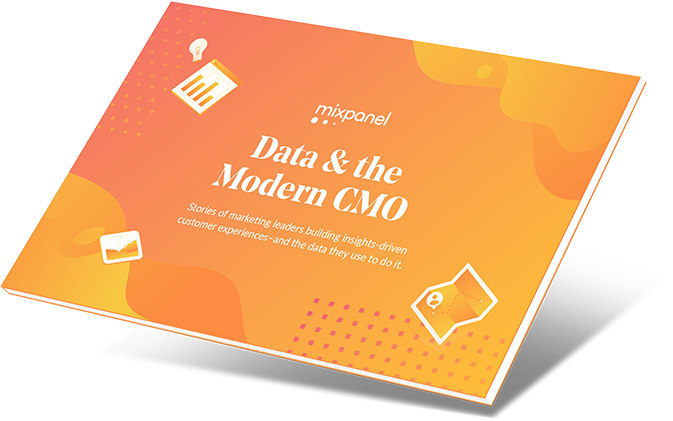CONSUMER | 14 MIN READ
The beauty industry has a bad habit of telling women what to want
For decades, top brands marketed makeup and skincare products as solutions to problems (acne, aging, dull skin, sparse lashes). But now, Big Beauty has the problem: younger generations aren’t buying it.
Enter Glossier, the direct-to-consumer beauty brand “focused on making products inspired by the people who use them.” ‘Glossy girls’ (and boys) have finally found a beauty brand that doesn’t want to change them, but rather, wants to be changed by them.
“At Glossier, our customers are our true north.” That’s Alexandra Weiss, who has led Glossier’s marketing department from its inception. Like most marketing leaders, Ali holds her team accountable to acquisition and growth, but she doesn’t view those metrics as the end of the line. Instead, she uses them to gauge the impact of Marketing’s contributions to Glossier’s founding goal: to build the beauty brand of their customers’ dreams.
“We really listen carefully to our customer because, when we actually include her input it in the product process, she truly becomes a stakeholder in the brand. And if she feels ownership over the brand, then she is much more likely to share it with her family and friends. Our business is ultimately selling products, but we see those products not only as revenue generators but also as conduits for conversation—conversation that makes it possible for our customers to be true stakeholders in our brand.”
This approach has struck a chord with younger generations. With a team of less than fifty, Glossier tripled its annual revenue between 2016 and 2017 and drew in a cult following of more than a million on Instagram. To marketers who want to reduce the amount of clicks to “Add to Cart,” Glossier’s longer purchasing journey, which typically involves content and peer-to-peer advocacy before purchase, may seem counterintuitive. But for Ali, it’s about building positive word-of-mouth and a lasting relationship with a brand—not just one single product. Retailers that want to emulate Glossier’s fandom would do well to listen how Ali gets a conversation started—and keeps it going—even when there’s a lot of noise in the room.
At Glossier, our customers are our true north.










